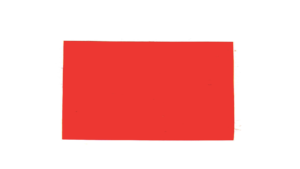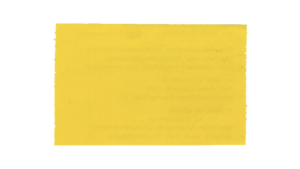Blue Monday for metal products manufacturers
By the judgment dated October 5, 2022 (ref. T-168/21), the Court of Justice of the European Union (CJEU) ruled on the distinctive character of a trademark representing the individual color blue (light blue: RAL 5012).
The registration of an individual color has been facing difficulties for years, so that (as the registration offices emphasize) it does not lead to their monopolization. Although in market practice colors increasingly serve functions that are not merely aesthetic, but are effectively associated with a particular entrepreneur, e.g. green or red gas stations, purple chocolate, navy blue creams, registration offices have consistently refused protection. Nevertheless, entrepreneurs continue to attempt registration, believing that their use of a particular color in the form of a designation of origin is unique.
Applicant Magnetec GmbH, based in Germany, has applied for registration of the aforementioned mark (EUTM 018022608), which is an individual color for products in Classes 6, 9 and 17, including metal alloys, magnetic cores and insulating sheaths, among others. An individual color is a mark that is a single color. It must be distinguished from a combination of colors – a mark consisting of a number of different colors forming a single entity.
By the decision dated November 26, 2019, the examiner rejected the application for lack of distinctiveness of the mark. By the decision dated January 18, 2021 (Ref. R 217/2020-4), the Board of Appeal dismissed the appeal. This decision was appealed to the Court.
By the judgment described in this article, the Court overturned the appealed decision of the Board of Appeal. The Court held that the Board of Appeal had insufficiently defined the circle of recipients of some of the goods with the mark that was the subject of the application. This is because the distinctive character of a mark is assessed in relation to the goods or services for which registration is sought and in relation to the perception of the mark by the relevant public.
While considering the appeal, the Board found that the circle of recipients to some of the goods are professionals with a high degree of attention and technical knowledge in the field of electrical engineering. Nevertheless, some of the goods are aimed at end consumers. In the Court’s view, the Board of Appeal did not define this circle of consumers in a sufficiently precise manner, which made it impossible to correctly assess the distinctive character of the mark, and consequently necessitated the annulment of the contested decision.
In its reasoning, the Court recalled its well-established jurisprudence, which shows, among other things, that colors „can be considered intrinsically distinctive only in exceptional circumstances, since they are linked to the appearance of the goods in question and are not, as a rule, used as a means of commercial origin [own translation].” What’s more, chances for registrations occur in cases where the applicant is able to demonstrate the so-called secondary distinctiveness of the trademark obtained through its intensive use.
It is difficult to predict whether the above-mentioned mark will be recognized as meeting that criterion. It is increasingly rare to obtain such protection, although market practice shows that single colors often provide an indication of the origin of goods. Only some of them have obtained registrations, such as the iconic purple for chocolate or magenta for telecommunications services. Several marks that are a single color are presented in the table below.
In turn, the applicants failed to obtain protection for the colors shown below, among others:
See more:
Request for a preliminary ruling concerning AI
Case C-250/25, Like Company v Google, was referred to the Court of Justice of the European Union by a Hungarian regional court (Budapest Környéki Törvényszék) in April 2025. It concerns the operation of chatbots in the context of copyright law, mainly the use of...
The complexity and high level of subjectivity in assessing the likelihood of confusion based on three recent CJEU judgements
A likelihood of confusion exists when consumers can be misled into believing that goods or services bearing the opposing trademarks originate from the same company or from economically linked companies. It is assumed that the assessment of the likelihood of...
Overview of CJEU case law from 12 April 2025 to 4 May 2025
Below we present an overview of CJEU case law concerning intellectual property for the period from 12 April 2025 to 4 May 2025. T-338/24 - Mobility Trader v EUIPO - Cala and Ruiz (hey car select) - The case concerned opposition proceedings (likelihood of confusion). -...










